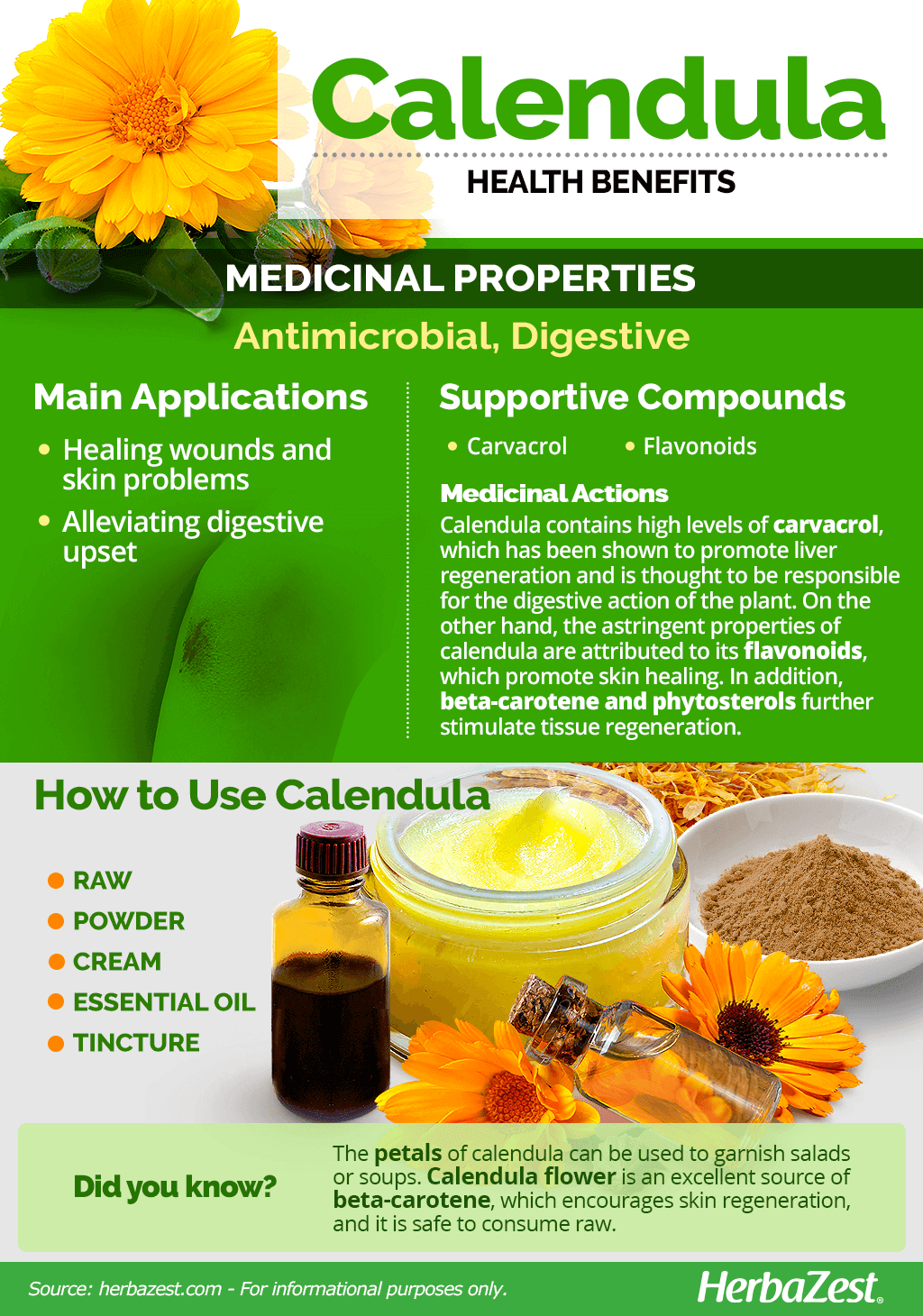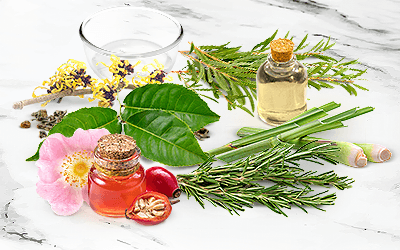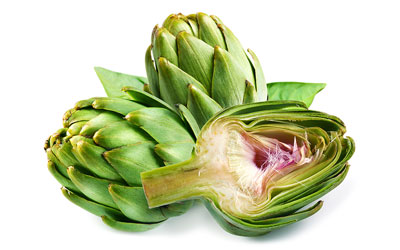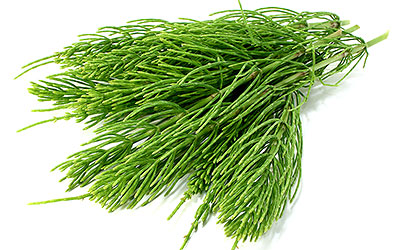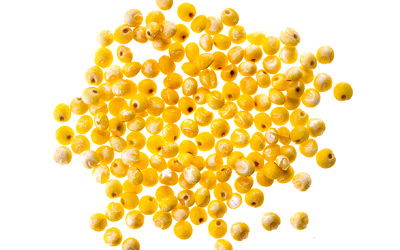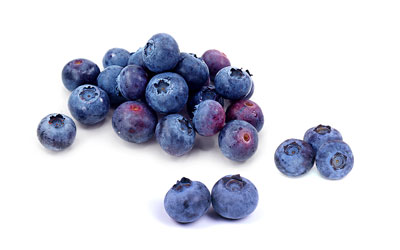As easily recognized as it is beloved, calendula is thought to have originated in Southern Europe, later spreading north within the continent and east to parts of Asia. Nowadays, calendula, also known as marigold, can be found growing in most temperate climates worldwide, as its low-maintenance growth requirements have allowed it to prosper for thousands of years.
Calendula Medicinal Properties
Health Benefits of Calendula
Calendula health benefits have been valued by numerous herbal traditions around the world, and the herb has been particularly used as an antimicrobial and digestive agent. Some of the most popular calendula benefits are:
Healing wounds and skin problems. Calendula properties include antimicrobial actions, which are thought to support the healing process of wounds, burns, and rashes.
Alleviating digestive upset. Calendula benefits digestion and help relieve gastrointestinal complains related to inflammatory problems.
Some preliminary studies have suggested that calendula properties may also be of use for:
Preventing dermatitis. Regular applications of calendula balm or cream can help prevent skin inflammation in patients receiving irritating treatments, such as radiation therapy. Likewise, it may be able to prevent or improve diaper rash.
Reducing gingivitis and dental plaque. Preliminary research indicates that using a calendula mouthwash may help decrease bleeding from the gums and plaque buildup.
Reducing menopause symptoms and PMS. Because of its weak estrogenic effect, calendula has been utilized in easing menstrual pain, as well as diminishing menopause symptoms like vaginal dryness.
How It Works
Both methanol and ethanol extracts of calendula have shown great antibacterial and antigungal activity against tested strains of fungi, compared to prescribed medicine compounds, such as fluconazole.
Calendula contains high levels of carvacrol, a monoterpenoid phenol that has been described as a promoter for liver regeneration and is thought to be responsible for the digestive action of the plant.
Calendula's astringent properties are thought to be due to the flavonoids in its volatile oil, which contract the tiny blood vessels in the skin, promoting healing. In addition, it is thought that calendula's active compounds, such as beta-carotene and phytosterols, trigger new tissue growth in the skin.
MUCILAGE IS RESPONSIBLE FOR CALENDULA'S ANTI-INFLAMMATORY PROPERTIES.
Lavender and thyme also have antibacterial properties, whereas jewelweed and nasturtium can help relieve dermatitis and skin irritations. Similar digestive benefits can be found in herbs like cinnamon and cloves.
Calendula Side Effects
Calendula is likely safe for most people when taken topically or orally. However, those who are allergic to ragweed or related plants may also experience an allergic reaction to calendula. In extreme cases of allergic reaction, gargling or ingesting calendula preparations can induce anaphylactic shock.
Pregnant women should avoid using calendula, especially orally, as it may result in miscarriage. Likewise, breastfeeding women should also refrain from using the herb, as its side effects are unknown at this stage.
Cautions
Calendula should not be used in the two weeks prior to a surgical operation. It can interact with medications used during surgery.
- Medicinal action Antimicrobial, Digestive
- Key constituents Carvacrol, flavonoids
- Ways to use Tincture, Powder, Ointment, Essential oil
- Medicinal rating (2) Minorly useful plant
- Safety ranking Use with caution
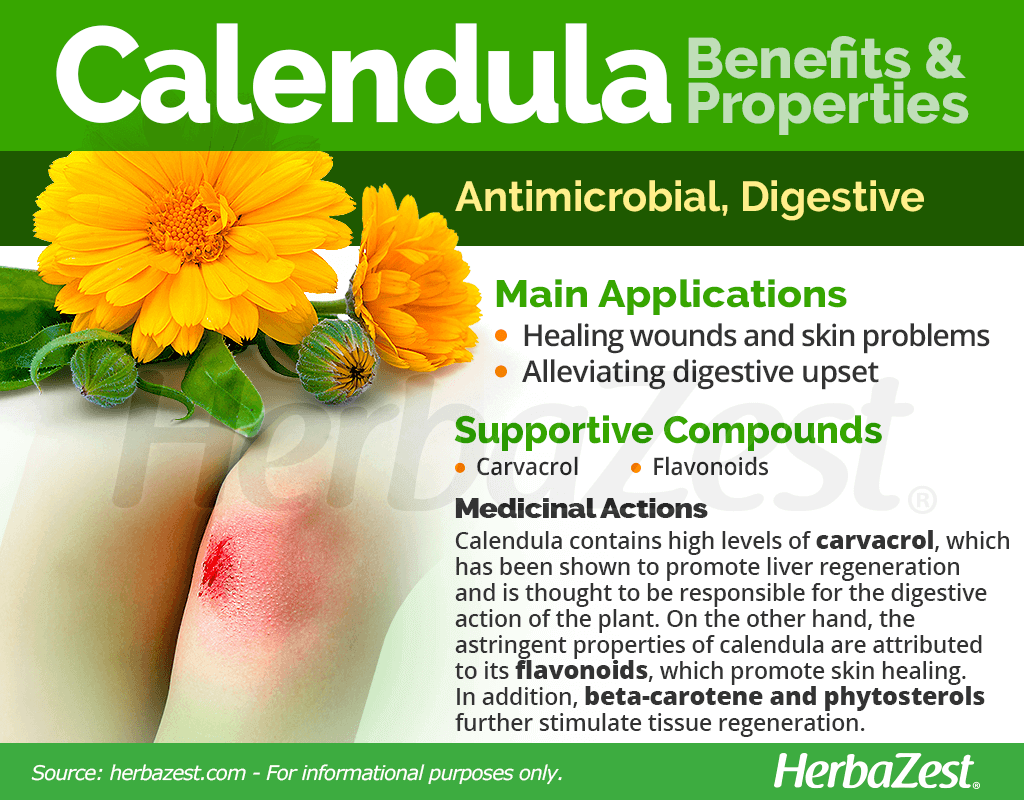
How to Consume Calendula
The most effective way of obtaining calendula benefits is in medicinal forms, where the properties of the herb are more concentrated.
Natural Forms
Raw. The flower petals have been used to garnish salads or soups. Calendula is an excellent source of beta-carotene, which triggers tissue growth in the skin, and is safe to consume raw.
Powder. When ground into a powder, calendula is similar in appearance and flavor to saffron. Because calendula is astringent in nature, consuming it in its powdered form can aid diarrhea.
Herbal Remedies & Supplements
Cream. Water based creams of calendula are easily absorbed and often used for the treatment of skin problems, such as dermatitis and skin irritations.
Salve. This oily preparation is applied directly over burns, rashes, or superficial wounds in order to sooth itching and prevent infections.
Oil. The topical use of oil obtained from calendula seeds aids wound healing, stops bleeding, and treats inflammatory conditions. It also promotes collagen production for a healthy skin.
Tincture. Properly-diluted calendula tinctures are sometimes gargled for gum health or to relieve sore throats.
CALENDULA CREAM IS EASILY APPLIED TO CUTS AND BRUISES UP TO THREE TIMES A DAY.
- Edible parts Flowers
- Taste Mildly bitter
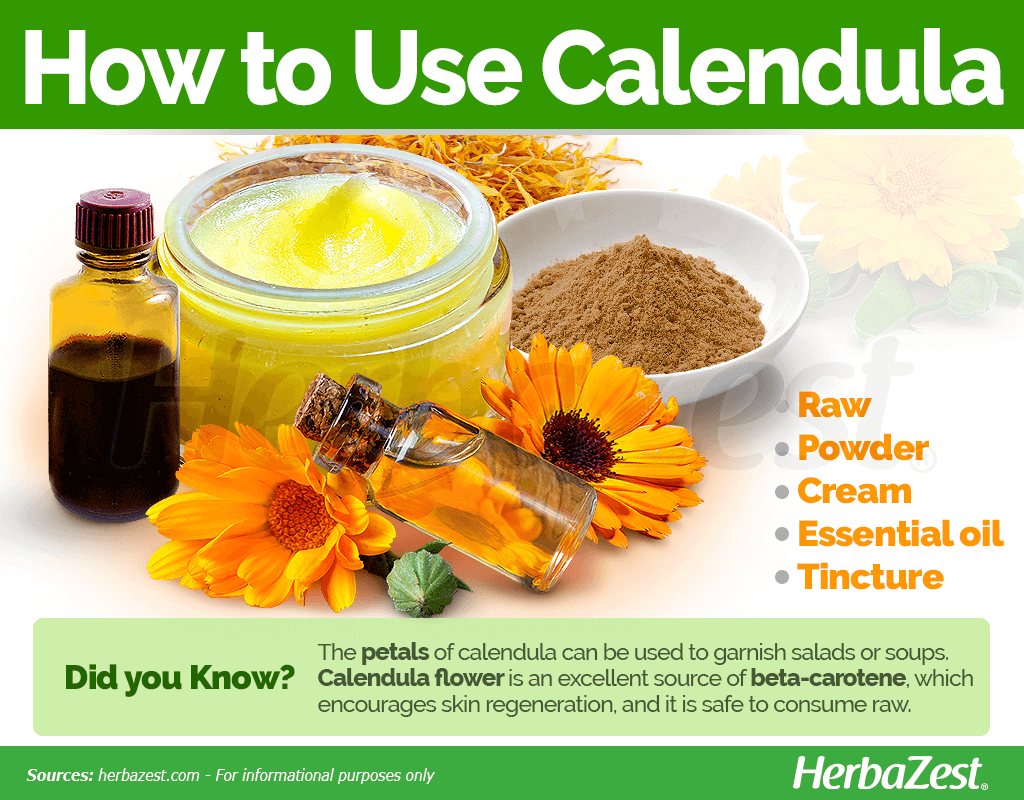
Growing
An herbaceous perennial, calendula owes its long history in part to its ability to grow in almost any soil. Calendula is exceptionally tolerant of cold weather in fall, and has long been grown as a pot herb for its edible flowers.
Growing Guidelines
Full sun is ideal, though some shade is tolerable. Calendula prefers cool weather and performs best in early summer and late fall. It has a year-long flowering cycle in regions with average temperatures between 59 - 68°F (15 - 20°C).
Calendula is a hardy plant that can thrive in all kinds of soils, but it prefers well-drained soils, within a pH range of neutral to slightly acidic.
When sowing calendula, seeds should spaced 12-18 inches (30-45 cm) apart. Germination should occur within 10 days.
Pruning is recommended to ensure better growth, and blooms should appear in the summer, lasting until the first frost.
- Life cycle Annual
- Harvested parts Flowers
- Light requirements Full sun, Partial shade
- Soil Medium (loam)
- Soil pH 6.1 – 6.5 (Slightly acidic), 6.6 – 7.3 (Neutral)
- Growing habitat Temperate climates
- Plant spacing average 0.3 m (0.98 ft)
Additional Information
Plant Biology
Calendula is known for its star-shaped flowers, ranging in vibrant colors from bright yellow to deep oranges and reds. It stands approximately two feet (60 cm) tall, with slightly branching stems and oblong leaves covered in fine hair. Its seed-like fruit is curved and spiked, and blooms are possible year-round under the right growing conditions, though it is grown in many places as a seasonal plant.
Classification
Calendula (Calendula oficinalis) is one of 23,000 species belonging to the Asteraceae family. Other important members of the also called daisy family are artichoke (Cynara cardunculus), chamomile (Matricaria chamomilla), chicory (Cichorium intybus), dandelion (Taraxacum officinale), and feverfew (Tanacetum parthenium).
The name of the herb and genus Calendula is derived from the Latin word calends, which means "first day of the month", in reference to the continuous blooming of calendula flowers through the year.
Varieties and Subspecies of Calendula
Although Calendula officinalis has no known subspecies, calendula cultivars are plentiful, a product of meticulous human cultivation to provide different petal hues. 'Indian Prince' marigolds are the deepest orange of all, while the 'Orange Prince' and 'Alpha' cultivars are mid-range on the spectrum. Lightest among them are the 'Sun Glow' and 'Kablouna' cultivars, which are bright and pale yellow, respectively.
Calendula is sometimes confused with flowers from the genus Tagetes, which are also called marigolds in common speech. Gardeners wishing to grow calendula for medicinal purposes should take special care, as marigolds sold for ornamental purposes are often Tagetes species.
Historical Information
The name of this plant comes from the Latin calends, from which the word calendar is also derived, because its flowers tend to bloom once a month. Its earliest recorded use is as a ceremonial decoration in ancient Greece and Rome, and later Christian traditions picked up where Pagan ones left off, titling the flowers "Mary's Gold," which was later shortened to "pot marigold." Mexico and South America continue this practice, while Hindu custom also relies heavily on the plant. It was later used to great effect as herbal medicine during the Civil War and World War I, maintaining a constant medicinal interest to this day.
Economic Data
As one of the most widely-grown plants for both ornamental and religious use, calendula represents a major part of the worldwide floriculture industry, which generates approximately $60 billion USD every year. India is by far the leading producer, with 220,000 tons produced per year for both export and internal use.
Calendula's cultivation is set for future growth, however, as the plant's potential as a sustainable material continues to evolve.
Popular Beliefs
Because of their bright and vivid hue, calendula flowers are thought to lift one's spirits and are associated with cheer and joviality.
Calendula plays an important role in many religious ceremonies and holidays, notably in Hindu culture as well as in Mexico's día de los muertos, which honors the dead.
This plant is also a part of the Ayurvedic and Unani medicine systems, which list it as anti-inflammatory, antipyretic, and antimicrobial.
Other Uses of Calendula
Gardening. While best known for its medicinal uses, calendula is often grown in flower gardens for its bright blooms and easy care. Marigolds are easy to grow from seed, even for children.
Coloring and cosmetics. The striking orange and yellow of calendula flowers has been employed to dye cloth, and the essential oil is even being studied as a potential paint ingredient. The color is also used in cosmetics, especially lotions and shampoos.
- Other uses Cosmetics, Dye
Sources
- Encyclopedia of Herbal Medicine
- The Herb Book
- MedlinePlus Herbs and Supplements, Calendula
- Pharmacognosy Reviews, A review on phytochemistry and ethnopharmacological aspects of genus Calendula, 2013
- International Journal of Pharmaceutical Compounding, Investigation of physical and chemical stability of ointment with herbals, 2014
